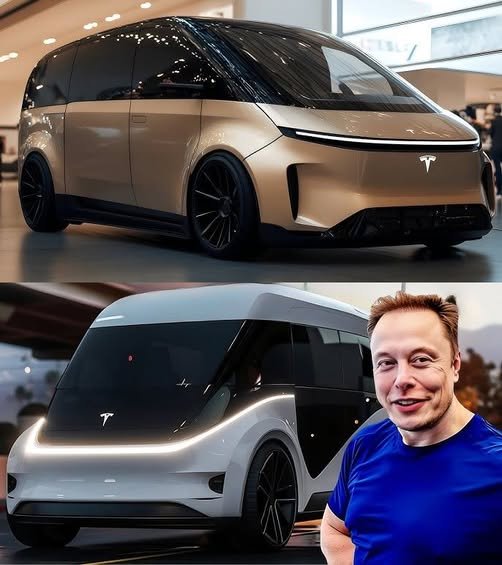Like most other Tesla vehicles, the van will likely feature an all-electric drivetrain. With a large battery capacity and fast-charging technology, it could compete with fossil-fuel-powered vans in terms of range, a hallmark of its energy-efficient design.
Some of Tesla’s most notable safety features include an automatic emergency braking system, a strong body, and a driver monitoring system.
The state-of-the-art safety features will undoubtedly keep everyone inside the Tesla van—driver, passengers, and cargo—safe. With Rivian developing the EVCV and Ford producing the F-150 Lightning and E-Transit, Tesla will face some tough competition if it introduces an electric van.
The 2025 Tesla Van is said to feature an aerodynamic exterior design with a minimalist, futuristic aesthetic that will improve vehicle performance and fuel efficiency. The 2025 Tesla Van, like most Tesla electric vehicles, will likely ditch the front grille.
There will be no need for internal engine cooling ducts in the van since it will be powered by an electric motor, like other Tesla vehicles. Tesla will likely avoid very angular or boxy shapes, although the dimensions of the van will dictate its length and height.
The taillights, as on previous Tesla models, will likely use LED or OLED technology to enhance lighting and give it a more futuristic look. The 2025 Tesla Van will likely feature electric motors that are as efficient as, or perhaps more efficient than, those used by previous Tesla electric vehicles.
Because they lack permanent magnets, these motors are still capable of excellent performance at high speeds. Vehicles that require strong performance across a wide range of speeds benefit greatly from induction motors. At low to medium speeds, induction motors provide better fuel economy, making them ideal for smaller or lighter vehicles.



